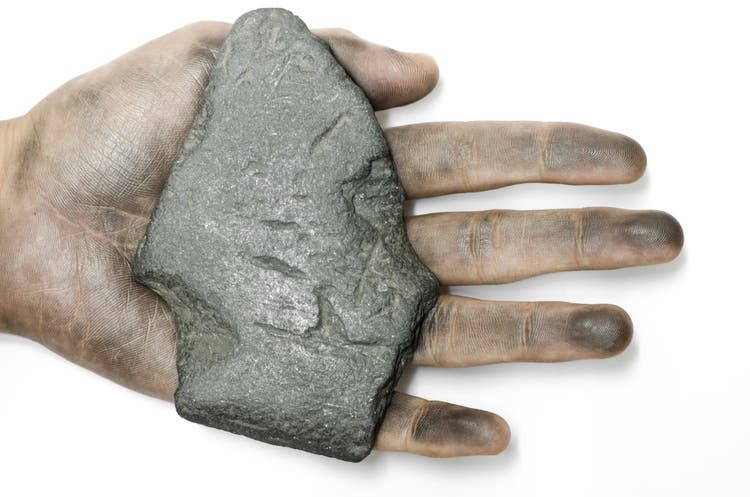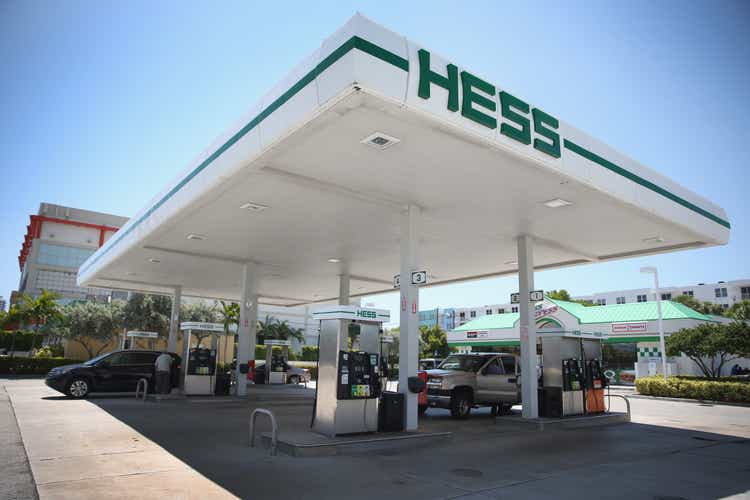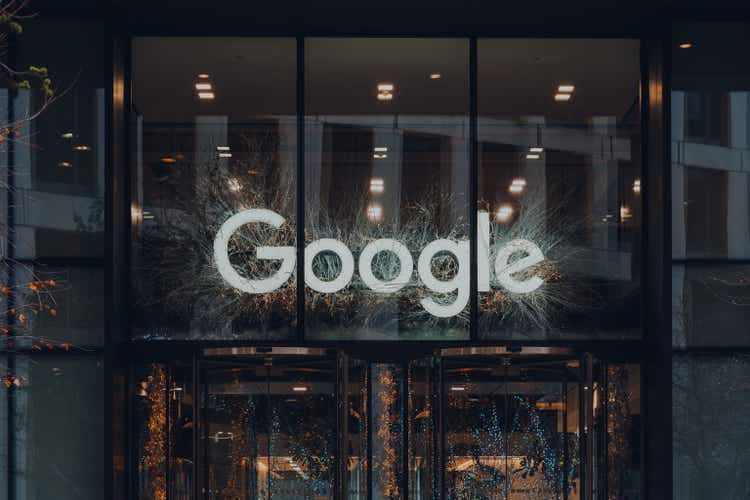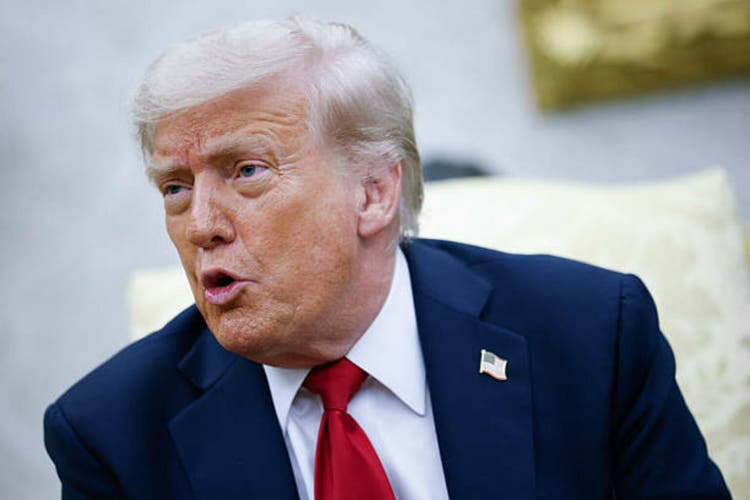- Retail spending growth in June shows consumers are still opening their wallets, but an uncertain economic environment means they’re increasingly picky about where their money goes as they try to stretch dollars further.
A consumer spending surge last month shows that tariffs haven’t quite killed the American shopper’s need to spend. Retail spending grew at a healthy pace of 0.6% in June, and core spending—a category excluding volatile sectors like gasoline—grew 3.9% from the year before.
But under the surface, there are signs of stress. Shoppers are still opening their wallets, yes, but they’re taking a much choosier approach to spending—cutting back on many nonessentials and hunting for deals on unavoidable purchases.
A recent Bank of America Institute note spotted a contradiction: While data shows customers increasing spending at restaurants recently, when surveyed, shoppers said they actually cut spending on dining out. They explain this by deal-hunting: Diners still went out, but scaled down the types of restaurants they visited to get more bang for their buck.
“[C]onsumers do not necessarily dine out less during downturns, but rather they shift to cheaper restaurants,” BoA wrote.
“We are seeing a continuation of the consumer selectivity that typically characterizes times of economic uncertainty. Specifically, some consumers appear to be seeking out perhaps fewer, but more meaningful experiences,” the research found.
A similar trend is playing out in the grocery aisle, with consumers shopping more frequently but spending less money per trip, “meaning it’s likely people are shopping more selectively to get the best bargains,” BoA wrote.
So while the average American consumer is still spending, they’re getting pickier about where the money goes—cutting back to just the necessities, where possible.
In an overall strong month where spending expanded across most retail categories, spending fell for furniture, electronics, and appliances—categories that are starting to feel a price hit from tariffs.
The just-ended Amazon Prime sales event also showed hints of consumer stress. Sales during the four-day event this year grew 30.3% from the year before, according to Adobe, but much of the growth was driven by discounts, as the “consumer remains price sensitive.” The use of buy-now-pay-later also rose, as shoppers looked for “more flexible ways to manage their budgets,” according to the data provider. Above all, Prime shoppers “prioritized essentials like dish soap and paper products over big-ticket purchases,” the Associated Press reported, citing consumer-data provider Numerator.
The hunt for bargains has even expanded into the luxury space. According to eMarketer, over a quarter of U.S. adults in a recent survey said they’ve cut back spending on luxury goods, but the same portion says they’ve bought refurbished or used luxury items. “[T]he takeaway is clear—even luxury buyers are feeling the pinch,” the outlet wrote, advising retailers to “emphasize value, investment-worthy quality, and exclusivity” in marketing.
As shoppers grow increasingly price-conscious, a surge in inflation could take a further bite out of that confidence. Consumer prices in June rose at a 2.7% annual rate, speeding up from May, the Labor Department previously reported.
For now, a healthy job market with low unemployment is still keeping the floor under spending, Heather Long, the chief economist at Navy Federal Credit Union, said in a statement to the AP.
“There’s still a lot of trepidation about tariffs and likely price hikes, but consumers are willing to buy if they feel they can get a good deal,” she said.
This story was originally featured on Fortune.com

 4 hours ago
1
4 hours ago
1












 English (US) ·
English (US) ·